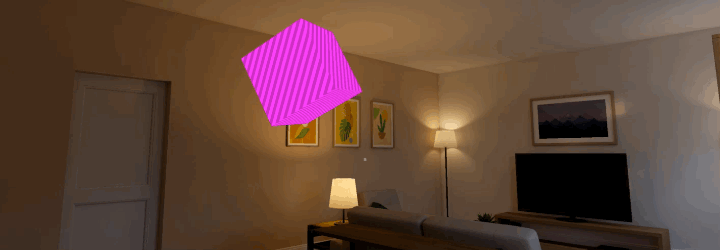When loading a model as a Model3D object, you can add a gesture modifier like so:
Model3D(named: model_name, bundle: realityKitContentBundle){ model in
model
.resizable()
.aspectRatio(contentMode: .fit)
} ...
.gesture(DragGesture()
.onChanged {
...
}
Another example is shown on this post.
How does somebody add a gesture such as DragGesture() to a loaded entity? The entity likely needs InputTarget and Collision components added to work:
let loadedEntity = try await ModelEntity(named: modelName, in: RealityKitContent.realityKitContentBundle)
// Add components to entity
loadedEntity.generateCollisionShapes(recursive: true)
loadedEntity.components.set(InputTargetComponent())

